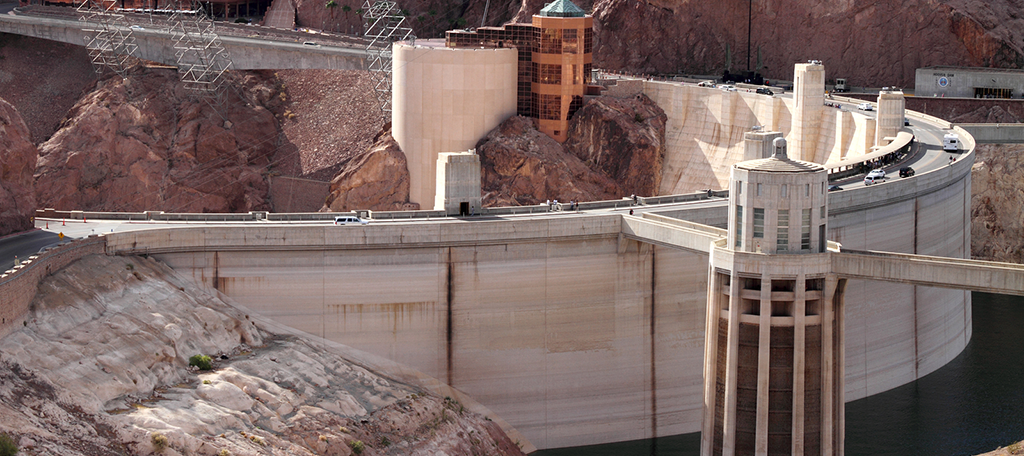The Southwestern Drought in the United States has lasted for the last 19, years and according to a new study, it can still get worse. The region is already experiencing the driest conditions since the late 1500s. As a result, the affected states have come together to ensure water is distributed fairly.
The report has concluded the reason this drought has gone on for so long is due to climate change. In particular, the greenhouse gas emissions have prolonged what would have been a small drought into the 19-year-long dry spell with no end in sight.
Before this drought began in 2000, the region experienced it’s wettest weather ever being recorded from 1980 to 1998.
The Drought Will Get Worse
With global greenhouse gas emissions continuing to rise, the southwestern drought is in a position to not only continue, but to intensify. The report found that Anthropogenic global warming (the earth warming from heat-trapping gases), made the drought 47% more intense.
As more gas enters the atmosphere, the intensity will increase. However, even weather conditions are making it worse. This year, the La Nina weather pattern has diverted storms from reaching the southwestern United States. Instead, they are moving more north.
Water Shortages Will Get Worse

As a result of the drought, 7 states have watched their water sources dry up. The main one being the Colorado River. A report found that the Colorado River has experienced a 19% decrease in water flow over the last 19 years.
The water in this region is not just used for drinking. The Hoover dam generates 4 billion kilowatt-hours of hydroelectric power each year for use in Nevada, Arizona, and California. However, this is only possible when Lake Mead has enough water. It started 2020 at 1,089 feet.
That’s just 1 foot below the threshold that will force states to make water cuts.
If the lake reached below 950 feet, the Hoover Dam would no longer be able to produce electricity. And at below 895 feet, water will no longer reach the 40 million people who rely on it.


